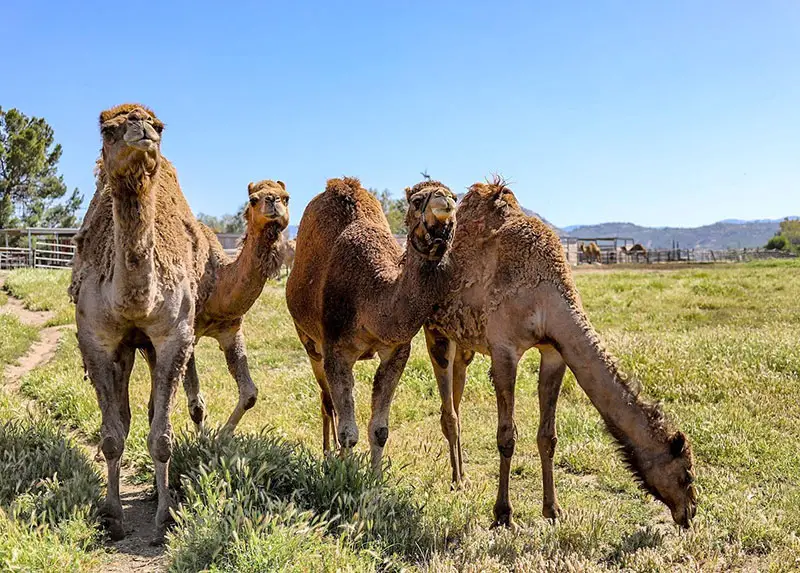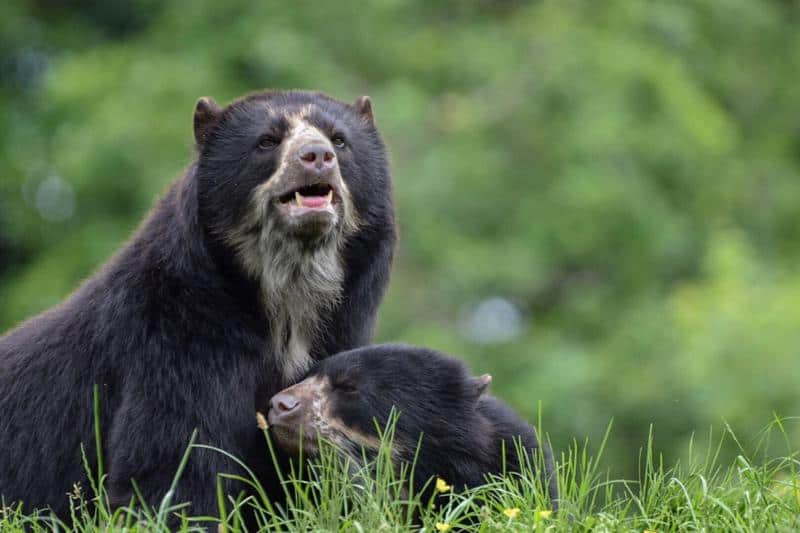Have you ever witnessed a chorus of frogs serenading the night with their rhythmic croaking? Or perhaps you’ve stumbled upon a teeming pond teeming with these fascinating amphibians. But have you ever wondered, what is a group of frogs called? The answer, like the frogs themselves, is surprisingly diverse, offering a glimpse into their social behavior and ecological significance.
Collective Nouns for Frogs
While most familiar with “army,” the collective noun for frogs, the world of language offers a richer tapestry of terms, each with its own unique connotation:
- Army: This term evokes a sense of large numbers and coordinated movement. It is often used to describe a large group of frogs, particularly during breeding season when they migrate in search of suitable mating grounds.
Here are some examples showcasing the use of “army”:
An army of frogs hopped across the flooded field, their synchronized movement resembling a rippling tide.
The deafening chorus of an army of frogs filled the night air, a symphony of nature’s orchestra.
The** army of tadpoles** matured rapidly, preparing to join their elders in the pond’s vibrant ecosystem.
Knot: This term paints a picture of a smaller, tightly knit group of frogs gathered together. It might be used to describe frogs basking on a sun-drenched rock or huddled together for warmth during the cooler nights.
Here are some examples using “knot”:
A knot of frogs huddled together on the lily pad, their green bodies providing perfect camouflage.
The sunlight glinted off the glistening skin of a knot of frogs basking on the mossy rock.
The children squealed with delight at the sight of a knot of frogs hopping around the edge of the pond.
Colony: This term refers to a large group of frogs living together in a specific area. It is commonly used when describing frogs that share a breeding ground or utilize the same resources, such as a pond or marsh.
Here are some examples using “colony”:
The colony of frogs thrived in the lush wetland, their croaking a constant reminder of their presence.
Scientists studied the colony of frogs to understand their unique communication methods.
The conservation efforts focused on protecting the habitat of the endangered colony of frogs.
Congregation: Similar to “colony,” this term describes a large group of frogs gathered together, but it can also imply a temporary gathering, perhaps for breeding or feeding purposes.
Here are some examples using “congregation”:
- A congregation of frogs filled the pond at dusk, their croaking competing with the chirping crickets.
- Drawn by the scent of insects, a congregation of frogs formed around the flickering light bulb.
- The annual rainfall triggered the gathering of a massive congregation of frogs at the breeding pond.
Fascinating Facts About Frogs
While exploring the collective nouns for frogs deepens our understanding of language, these amphibians themselves hold a wealth of captivating facts:
- Leaping Champions: Frogs can jump up to 20 times their body length, an impressive feat achieved through their powerful leg muscles.
- Amphibious Wonders: Unlike their fish and reptile relatives, frogs can breathe through their skin as well as their lungs, allowing them to thrive in both aquatic and terrestrial environments.
- Ancient Amphibians: Frogs have existed for over 200 million years, adapting and diversifying into over 4,800 different species found worldwide.
- Sharp Ears: Frogs possess a highly developed sense of hearing, allowing them to detect even the faintest sounds of approaching predators or potential prey.
- Resilient Survivors: Frogs can survive for weeks without food thanks to their slow metabolism and ability to enter a state of dormancy during harsh weather conditions.
- Masters of Camouflage: Many frog species have the remarkable ability to change their skin color to blend in with their surroundings, a crucial survival tactic in the natural world.
Final Thoughts
Frogs, with their diverse collective nouns and remarkable abilities, remind us of the beauty and complexity of the natural world. Understanding their unique vocabulary not only enriches our communication skills but also fosters a deeper appreciation for these incredible creatures. So, the next time you encounter a croaking chorus or a hopping army of frogs, remember the fascinating world they represent and the vital role they play in maintaining the delicate balance of our ecosystems.
Also Read:







One thought on “What is a Group of Frogs Called? Collective Nouns”